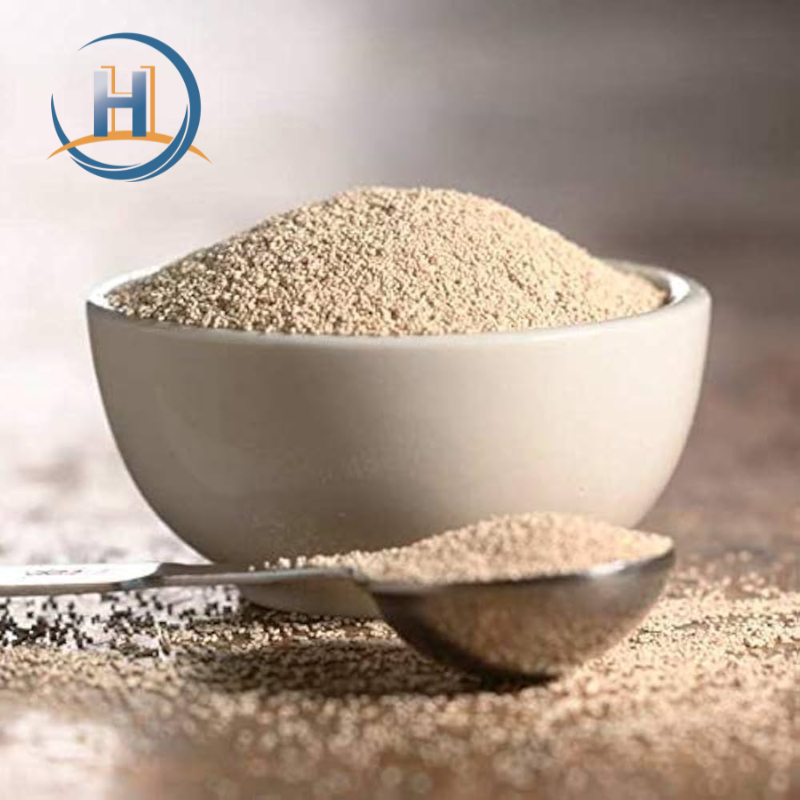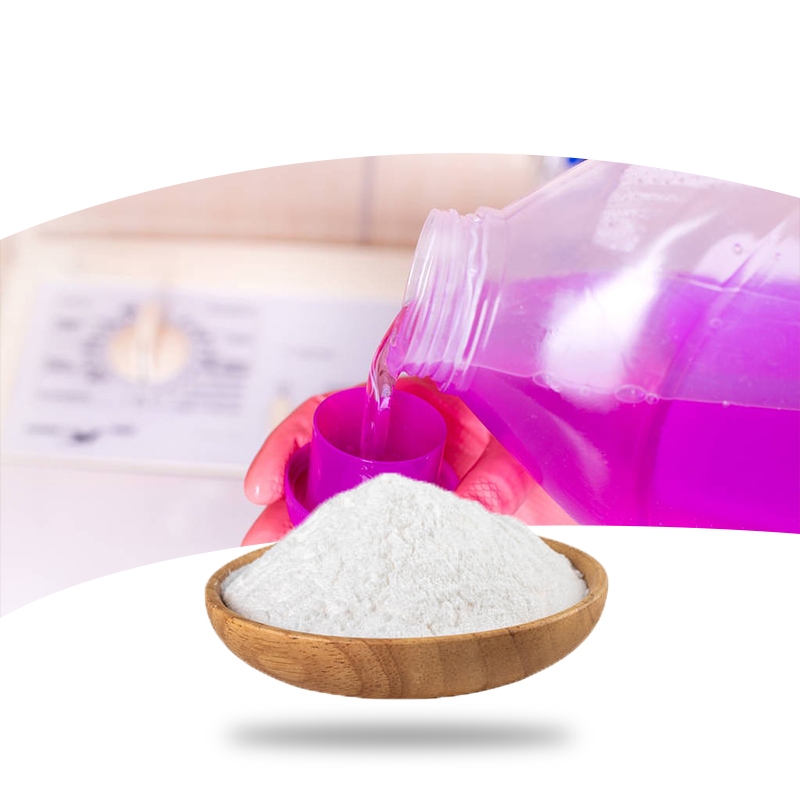The difference between cooking wine and rice wine
-
Last Update: 2019-11-26
-
Source: Internet
-
Author: User
Search more information of high quality chemicals, good prices and reliable suppliers, visit
www.echemi.com
Introduction: cooking wine is said to be wine, in fact, it is specially used for seasoning dishes So what's the difference between cooking wine and rice wine? Come and have a look with you! Cooking wine, also known as Shaoxing wine and yellow rice wine, is sweet and delicious It not only has the functions of increasing fragrance, freshening, removing greasiness and relieving fishiness, but also has better nutritional value It is an indispensable condiment in cooking So what's the difference between cooking wine and rice wine? Let's have a brief introduction of Baibai safety net! What are the differences between rice wine and cooking wine? 1 The most essential difference between cooking wine and rice wine is that cooking wine is a special wine for cooking, and cooking wine is only suitable for cooking and is not suitable for drinking, while rice wine is used for direct drinking Although it can also be used for cooking sometimes, the effect is not as good as cooking wine Generally, cooking wine should not be replaced by rice wine when cooking 2 Cooking wine is actually yellow rice wine, but it is based on yellow rice wine If some spices and seasonings are made into cooking wine, it is more suitable for cooking When cooking, it will be inferior to replace cooking wine with yellow rice wine It is not a wise choice to replace cooking wine with white wine and beer 3 The main raw material of cooking wine is yellow rice wine, but there are a lot of spices and seasonings added in it The cooked dishes taste richer and more delicious Replacing cooking wine with yellow rice wine will definitely not make this taste, and the alcohol concentration of cooking wine is about 12%, which is more suitable for cooking dishes 4 The taste of rice wine is similar to that of beverage Cooking wine is a new variety evolved from rice wine It uses about 40% of rice wine as raw material In addition, it is made by adding some spices and seasonings Compared with rice wine, cooking wine not only tastes better, but also is cheaper in price Cooking wine can only be used when cooking In winter and yellow rice wine, it is conducive to promoting blood circulation and metabolism, promoting blood circulation and eliminating cold, activating meridians and collaterals, effectively resisting cold stimulation and preventing cold At the same time, yellow rice wine can also be used as a medicine introduction The above is a small edition for you to introduce some of the differences between cooking wine and rice wine, I hope to help you! If you want to know more about food safety Please pay more attention to Baibai Security Internet bar! Editor in charge: Wang Xiujuan
This article is an English version of an article which is originally in the Chinese language on echemi.com and is provided for information purposes only.
This website makes no representation or warranty of any kind, either expressed or implied, as to the accuracy, completeness ownership or reliability of
the article or any translations thereof. If you have any concerns or complaints relating to the article, please send an email, providing a detailed
description of the concern or complaint, to
service@echemi.com. A staff member will contact you within 5 working days. Once verified, infringing content
will be removed immediately.







